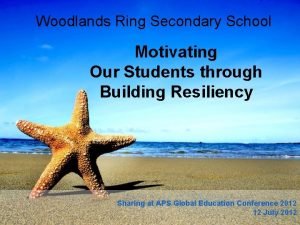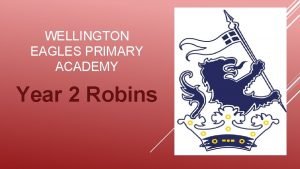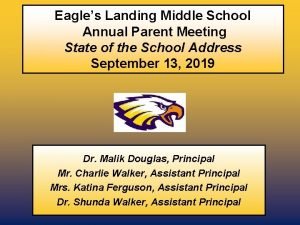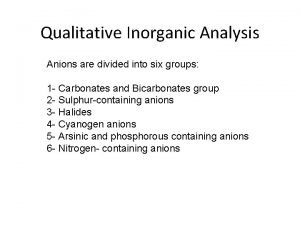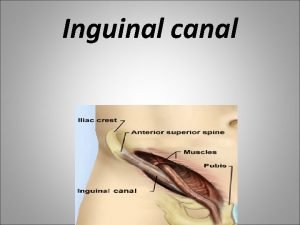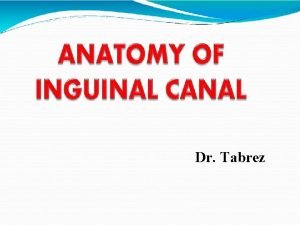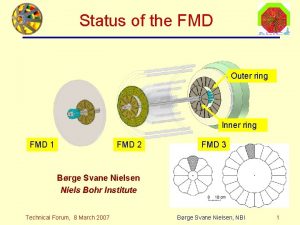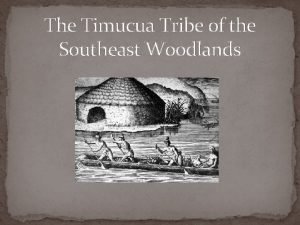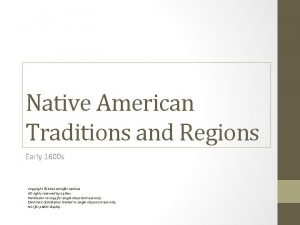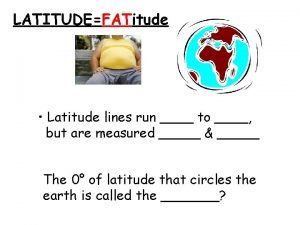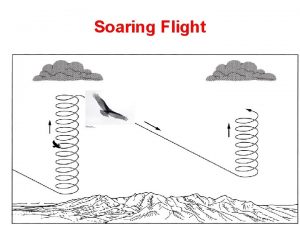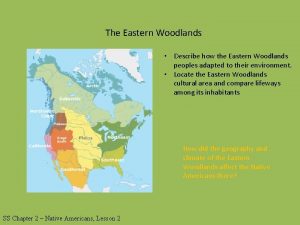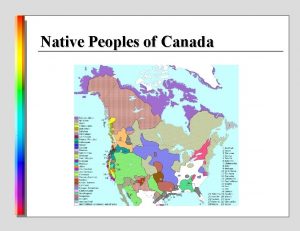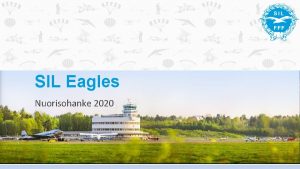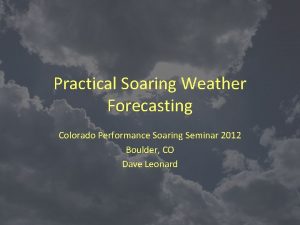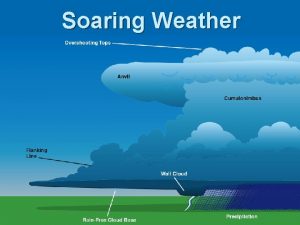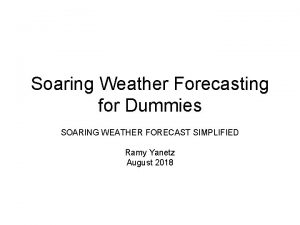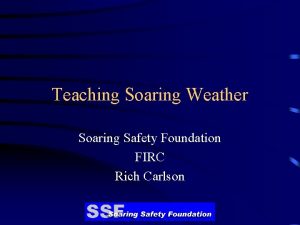The Soaring Eagles of Woodlands Ring Primary School


























- Slides: 26

The Soaring Eagles of Woodlands Ring Primary School

proudly presents

The Bermuda Triangle

What is the Bermuda Triangle? Some Popular Disappearances Our Views What Some Experts Say Current Technology to rescue vehicles Get to Know us Click on any of the icons above to know more!

What is the Bermuda Triangle? A legendary triangle of Ocean lies between 3 countries upon the Atlantic ocean. The Cities are Bermuda, Puerto Rico and Fort Lauderdale. Ships, people and aeroplanes have been reported mysteriously disappearing off the face of the earth whilst travelling inside this triangle. It soon acquired the name "Devils Triangle" owing to peoples superstitions that the devil was at play on this stretch of ocean and gobbling up weary and lost travellers with great delight, but what actually was at play inside this triangle of rough water, is it really the devil? , or perhaps aliens are using this spot as their home base on earth. Maybe it really does contain a mystical vortex that sucks people down into a third dimension.

According to the U. S. Coast Guard some 150, 000 boats cross the Bermuda Triangle every year. Around 10, 000 of these send a distress call. About five losses, on average, are recorded annually. Main Menu

Some Popular Disappearances Click on any of these to find out more! Main Menu

Flight 19 At about 2: 10 p. m. on the afternoon of 5 December 1945, Flight 19, consisting of five TBM Avenger Torpedo Bombers departed from the U. S. Naval Air Station, Fort Lauderdale, Florida, on an authorized advanced overwater navigational training flight. They were to execute navigation problem No. 1, which is as follows: (1) depart 26 degrees 03 minutes north and 80 degrees 07 minutes west and fly 091 degrees (T) distance 56 miles to Hen and Chickens Shoals to conduct low level bombing, after bombing continue on course 091 degrees (T) for 67 miles, (2) fly course 346 degrees (T) distance 73 miles and (3) fly course 241 degrees (T) distance 120 miles, then returning to U. S. Naval Air Station, Fort Lauderdale, Florida.

Flight 19 In charge of the flight was a senior qualified flight instructor, piloting one of the planes. The other planes were piloted by qualified pilots with between 350 and 400 hours flight time of which at least 55 was in TBM type aircraft. The weather over the area covered by the track of the navigational problem consisted of scattered rain showers with a ceiling of 2500 feet within the showers and unlimited outside the showers, visibility of 6 -8 miles in the showers, 10 -12 otherwise. Surface winds were 20 knots with gusts to 31 knots. The sea was moderate to rough. The general weather conditions were considered average for training flights of this nature except within showers.

Flight 19 A radio message intercepted at about 4 p. m. was the first indication that Flight 19 was lost. This message, believed to be between the leader on Flight 19 and another pilot in the same flight, indicated that the instructor was uncertain of his position and the direction of the Florida coast. The aircraft also were experiencing malfunction of their compasses. Attempts to establish communications on the training frequency were unsatisfactory due to interference from Cuba broadcasting stations, static, and atmospheric conditions. All radio contact was lost before the exact nature of the trouble or the location of the flight could be determined. Indications are that the flight became lost somewhere east of the Florida peninsula and was unable to determine a course to return to their base.

Flight 19 The flight was never heard from again and no trace of the planes were ever found. It is assumed that they made forced landings at sea, in darkness somewhere east of the Florida peninsula, possibly after running out of gas. It is known that the fuel carried by the aircraft would have been completely exhausted by 8 p. m. The sea in that presumed area was rough and unfavorable for a water landing. It is also possible that some unexpected and unforeseen development of weather conditions may have intervened although there is no evidence of freak storms in the area at the time.

Flight 19 All available facilities in the immediate area were used in an effort to locate the missing aircraft and help them return to base. These efforts were not successful. No trace of the aircraft was ever found even though an extensive search operation was conducted until the evening of 10 December 1945, when weather conditions deteriorated to the point where further efforts became unduly hazardous. Sufficient aircraft and surface vessels were utilized to satisfactorily cover those areas in which survivors of Flight 19 could be presumed to be located.

Flight 19 One search aircraft was lost during the operation. A PBM patrol plane which was launched at approximately 7: 30 p. m. , 5 December 1945, to search for the missing TBM's. This aircraft was never seen nor heard from after take-off. Based upon a report from a merchant ship off Fort Lauderdale which sighted a "burst of flame, apparently an explosion, and passed through on oil slick at a time and place which matched the presumed location of the PBM, it is believed this aircraft exploded at sea and sank at approximately 28. 59 N; 80. 25 W. No trace of the plane or its crew was ever found.

Cessna 152 N 93261, a Cessna 152 which Ivan Gandon was flying for Silver Express Co. He departed Tamiami Airport, Miami, on a beautiful morning, September 30, 1993. By 11: 10 am he activated his flight plan, stating he was heading to Marco Island across Florida on its Gulf coast. At approximately 12: 00 noon another pilot heard Gandon trying to contact Silver Express, without success, and then he went on his way. The pilot stated it was not an emergency, but the tenor of routine contact. He was due at 1 pm, but never made it. Nor did Gandon make his intermediate stop on the route. A search never found a trace. Again, there was no ELT signal. The CAP utilized 97 aircraft in the search, in 206 sorties, 504 personnel, involving 4, 536 man hours and 509. 2 flying hours, without success. There are other peculiarities with Gandon’s flight. Radar tracking records were pulled to see if they show a track of his aircraft. This may help rescuers determine where and when he vanished from the scope, but no trace of the aircraft was ever found in radar tracking records— nothing that at any time could be identified with Gandon. Why?

Cessna 337 Skymaster The pattern repeated itself on January 14, 1985. A Cessna 337 "Skymaster" disappeared with 4 persons on board. The pilot, Richard, Mc. Kee, reported his position as 66 miles northeast of Jacksonville, Florida, and afterward the plane was never heard from again. All were declared missing after a full Coast Guard search failed to turn up a clue. Mc. Kee was a qualified pilot, 30 years old with 600 flight time hours. He also held an instrument rating. A satellite photo of the area was taken: ". . . Due to the aircraft's last reported position as being over water and near no weather reporting stations. . . and it shows no significant weather in the area northeast of Jacksonville. . . " What else can be said?

What some experts say Many theories have been given to explain the extraordinary mystery of these missing ships and planes. Evil extraterrestrials, residue crystals from Atlantis, evil humans with anti-gravity devices or other weird technologies, and vile vortices from the fourth dimension are favorites among fantasy writers. Strange magnetic fields and oceanic flatulence (methane gas from the bottom of the ocean) are favorites among the technically-minded. Weather (thunderstorms, hurricanes, tsunamis, earthquakes, high waves, currents, etc. ) bad luck, pirates, explosive cargoes, incompetent navigators, and other natural and human causes are favorites among skeptical investigators. Main Menu

Some Explanations In the passed hundred years, more than 50 boats and 20 airplanes have disappeared. It is unknown what has happened to them. Most of them vanished without a trace. Several theories have been developed to explain these disappearances. In some cases, they can be explained by the unique natural characteristics of the area. First of all, the Bermuda Triangle is one of the two places on earth where the magnetic compass actually points to the north. Normally the needle of the compass points to the magnetic north. The difference between these two phenomena is called "compass variation". The amount of variation can be as much as 20 degrees as one circumnavigates the earth. If this compass variation or error is not compensated for, a navigator could find himself far off course and in deep trouble. An area located off the east coast of Japan called the "Devil’s Sea" by Japanese and Filippino seamen, also shows the same magnetic characteristics. It is also known for its mysterious disappearances.

Some Explanations Another environmental factor is the Gulf Stream. It is extremely swift and turbulent and can quickly erase any evidence of a disaster. This Gulf Stream can be very treacherous for inexperienced mariners. A third factor is the unpredictable weather pattern of the Caribbean and the Atlantic. Sudden local thunder storms and water spouts often spell disaster for air pilots and seamen. A water spout is a tornado at sea that pulls water from the ocean surface thousands of feet into the sky, this water spout can wreck almost anything in its path.

Some Explanations A fourth factor is the ocean bottom of that area. The topography of the ocean bottom varies from extensive shoals around the islands to some of the deepest marine trenches in the world (the deepest point in the Atlantic, the Puerto Rico Trench, is located in the Bermuda Triangle). With the interaction of the currents over the many reefs, the topography is in a state of constant flux, causing a rapid development of navigational hazards is. And finally, not to be underestimated, the human error factor. A large number of pleasure boats travel the waters between Florida’s Gold Coast and the Bahamas. All too often, crossings are attempted with a too small a boat, insufficient knowledge of the area’s hazards and a lack of good seamanship. Main Menu

Our Views The mystery of the Bermuda Triangle is quite puzzling. My friends and I, after discussion, decided that there might be some mysterious forces lurking about in the Bermuda Triangle. We pieced two legends together and feel that maybe the disappearances in the Bermuda Triangle has something to do with the Lost City of Atlantis. Maybe when the city disappeared, it created a vacuum which literally sucked vessels into its vortex. But then, we always prefer the mysterious explanations to the rational ones. Main Menu

Current Technology to Rescue Vehicles Use of Brightly coloured Rescue Aircrafts as in New Zealand Air Ambulances Picket Ships, Rescue Ships and Crash Boats, Sea Rescue Flights, Aircraft Rescue Flights, ASR Flights (Air Sea Rescue) and Submarines Main Menu

Get to Know us JEHIAH RODRIGUES My favourite colour is blue. I like to play Sony Playstation. Robotics is cool as I can make robots and program it to do what I want. I don't like people who are arrogant. I like people who is like ME! I admire David Beckham because he’s got style. I love to read Superheroes novel like Superman and Batman!!!

Get to Know us DENNIS PIAY JUN WEI I like black. I like to play Sony Playstation. Robotics is cool as I can build all sorts of robots and program the RCX to my command. I don't like people with bad attitude. I like people who are polite and funny! I admire funny people who can make me laugh. I love to read True Ghost Stories to scare myself silly!!!

Get to Know us MOHD SHAHRIZAT BIN RAMLI I love crimson red and dark blue. I like playing all sorts of computer games and fix all kinds of things. I don't like people who talk too much. I like people who are quiet, playful and honest. I admire my friend Farhana. I love to read stories about aliens and sea creatures!!!

Get to Know us LEONA FOO BAO YIN My favourite colours are green, blue and red. I like all kinds of sports except netball. I like people who wants to be friends with me. I dislike bullies or people who like to make enemies with other people. I admire all my friends and teachers. My favourite stories are science fiction stories. Main Menu

Get to Know us NURUL SYARIZA BTE RAHMAT My favourite colour is blue. I like skating, cycling and making web sites. I dislike people who play and make fun of other people. I like people who are caring and loving. The people I admire are Shobana, Bao Yin, Bee Yi, Annisa and Danial. I like to read detective stories. Main Menu
 Woodlands ring primary school
Woodlands ring primary school Woodlands ring secondary school
Woodlands ring secondary school Wellington eagles
Wellington eagles Eagle landing middle school
Eagle landing middle school What is the brown ring in the brown ring test
What is the brown ring in the brown ring test Constriction ring uterus
Constriction ring uterus Spermatic cord layers
Spermatic cord layers Inguinal ring
Inguinal ring Ring christmas bells merrily ring
Ring christmas bells merrily ring Ring christmas bells ring them loud
Ring christmas bells ring them loud Inner ring and outer ring
Inner ring and outer ring Resilient packet ring
Resilient packet ring Eastern woodlands landforms
Eastern woodlands landforms Eastern woodlands clothes
Eastern woodlands clothes The learning zoo the woodlands
The learning zoo the woodlands Aon hewitt orlando
Aon hewitt orlando Eastern woodlands region map
Eastern woodlands region map Resources.woodlands-junior.kent
Resources.woodlands-junior.kent Timucua tribe facts
Timucua tribe facts From woodlands to plains
From woodlands to plains What region
What region Eastern woodlands long house
Eastern woodlands long house Eastern woodlands customs
Eastern woodlands customs Eastern woodland shelter
Eastern woodland shelter Gersmehl model deciduous woodland
Gersmehl model deciduous woodland List of pcns
List of pcns Eastern woodlands tribes
Eastern woodlands tribes

